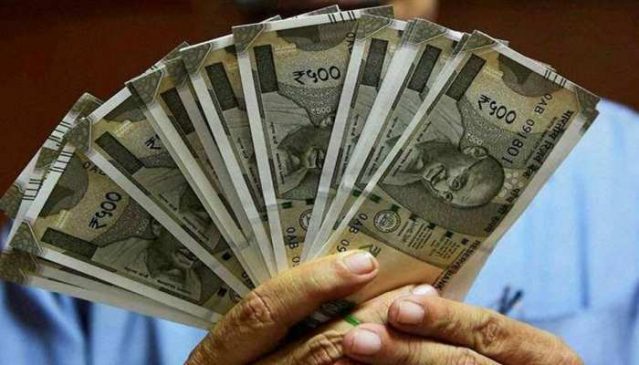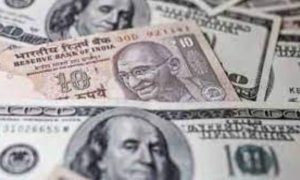In a move to streamline the circulation of currency and ensure the availability of clean and undamaged notes, the Reserve Bank of India ( RBI ) has issued new guidelines for ₹500 notes. The RBI, which holds the exclusive authority to print and circulate currency in India, frequently updates its policies to adapt to the country’s evolving economic landscape. The latest directive, known as the 500 Rupees RBI New Guideline 2024, addresses the exchange of old and damaged ₹500 notes, providing a systematic approach for citizens to replace their worn-out currency.
Background of the ₹500 Note Policy Historically, the Indian currency landscape has undergone significant changes, particularly with the demonetization drive in 2016, which saw the discontinuation of ₹500 and ₹1000 notes to curb black money and counterfeit currency. In their place, new ₹2000 notes and redesigned ₹500 notes were introduced. However, the ₹2000 notes were subsequently withdrawn from circulation due to security concerns, leaving the ₹500 note as a critical denomination in daily transactions.
Read More: Hajj Pilgrimage To Start From June 14, Saudi Arabia Confirms
RBI’s 2024 Guidelines: Key Points
The RBI’s new guidelines for 2024 specifically focus on the management and replacement of old and damaged ₹500 notes. Here are the main highlightsEligibility for Exchange: Individuals holding old, torn, or otherwise damaged ₹500 notes can now exchange them at any RBI branch across the country. This initiative ensures that consumers have access to clean and usable currency.Condition-Based Valuation: The value of the note provided in exchange will depend on the condition of the submitted note. The RBI will assess each note and determine its worth based on the extent of damage. This ensures a fair and transparent process for all consumers.Simplified Process: The exchange process has been made straightforward to encourage more people to participate. Customers are required to visit the nearest RBI branch with their damaged notes, where they will be guided through the exchange procedure by bank officials.Awareness Campaign: To ensure the public is well-informed about this new guideline, the RBI has launched an awareness campaign. This includes advertisements and informational posts on the official RBI website, educating citizens about the process and benefits of exchanging old currency.
Read More: RBI Raises ‘Bulk Deposit’ Threshold for Banks to Rs 3 Crore: What Does It Mean For Customers?
How to Exchange Your ₹500 Notes: For those looking to exchange their old or damaged ₹500 notes, the process is simple and user-friendly
- Locate the Nearest RBI Branch: Use the RBI’s official website to find the nearest branch where the exchange can be performed.
- Prepare Your Notes: Gather all the old, torn, or damaged ₹500 notes that you wish to exchange.
- Visit the Branch: Go to the identified RBI branch and inform the bank officials about your intent to exchange the notes.
- Follow the Instructions: The bank officials will guide you through the process, which includes verifying the condition of the notes and determining their value.



































